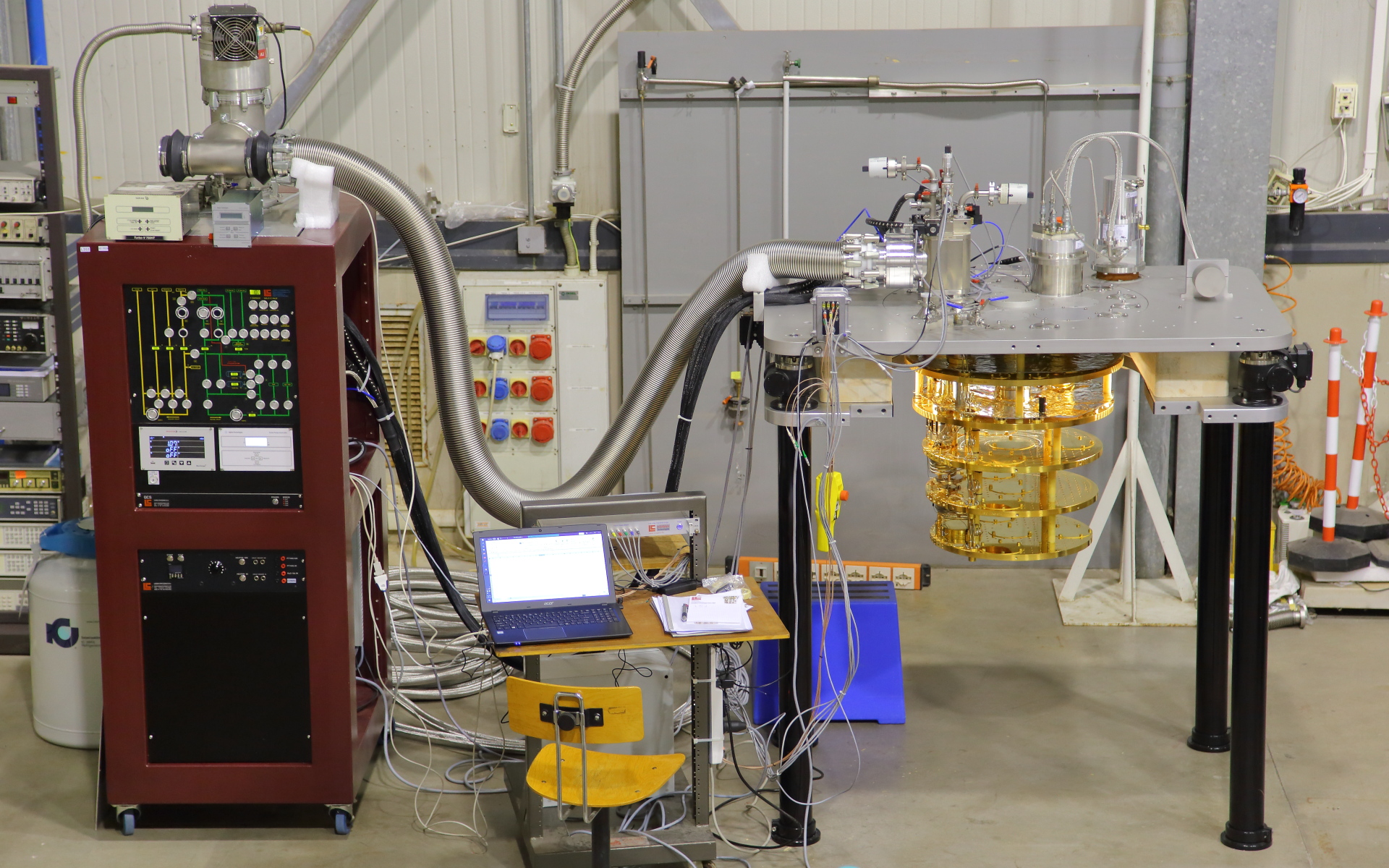WOLTE14 Special Session on Quantum Detection April 16th 202
14th Workshop on Low Temperature Electronics (WOLTE14-virtula conference April 12-16,2021) is very proud to host a Special Session on Quantum Detection organized by SuperGalax, a project which has received funding from the European Union’s Horizon 2020 research and innovation programme.
In the SUPERGALAX project, a novel approach to detect extremely low energy microwave signal (~1 GHz), based on the general concept of a passive quantum detection is proposed. For such highly sensitive detector (quantum antenna) the key novel concept intended to be used is the coherent quantum network composed of a large amount of strongly interacting superconducting qubits embedded in a low dissipative superconducting resonator. Currently there are enormous progress in experimental and theoretical study of enormous progress in quantum networks of interacting superconducting qubits showing coherent quantum dynamics on meso- and macroscopic scale.
Dr Lisitskiy, CNR-SPIN Pozzuoli, Italy, is the coordinator of the SuperGalax Experiment.
List of speakers:
Special Session Keynote presentations
Prof. Woohyun Chung, IBS-CAPP, Korea
Prof. M. Mottonen, QCD Labs, QTF Centre of Excellence, Department of Applied Physics, Aalto University, Espoo, Finland, and VTT Technical Research Centre of Finland Ltd, QTF Centre of Excellence, Espoo, Finland.
Invited talks
Prof. Yu. A. Pashkin, Department of Physics, Lancaster University, Lancaster, LA1 4YB, United Kingdom
Dr. Mikhail Lisitskiy, CNR-SPIN Institute of Superconductors, Innovative Materials and Devices, Italy
Prof. Marco Affronte, CNR-NANO Institute of Nanoscience, UOS-Modena, Italy
Dr. Giorgio Brida, Italy’s National Metrology Institute, Italy
Dr. Claudio Gatti, INFN Italy
Prof. Evgeni Il’ichev, Leibniz Institute of Photonic Technology, Germany
Prof. Alexey Ustinov, Karlsruhe Institute of Technology, Germany
Dr. Mikhail Fistul, Ruhr University Bochum, Germany
Dr. Alexandre Zagoskin, Loughborough University, United Kingdom
Oral presentation
Dr. Alessio Rettaroli, Dipartimento di Matematica e Fisica Università di Roma Tre, Roma, Italy and INFN, Laboratori Nazionali di Frascati, Frascati, Roma, Italy
